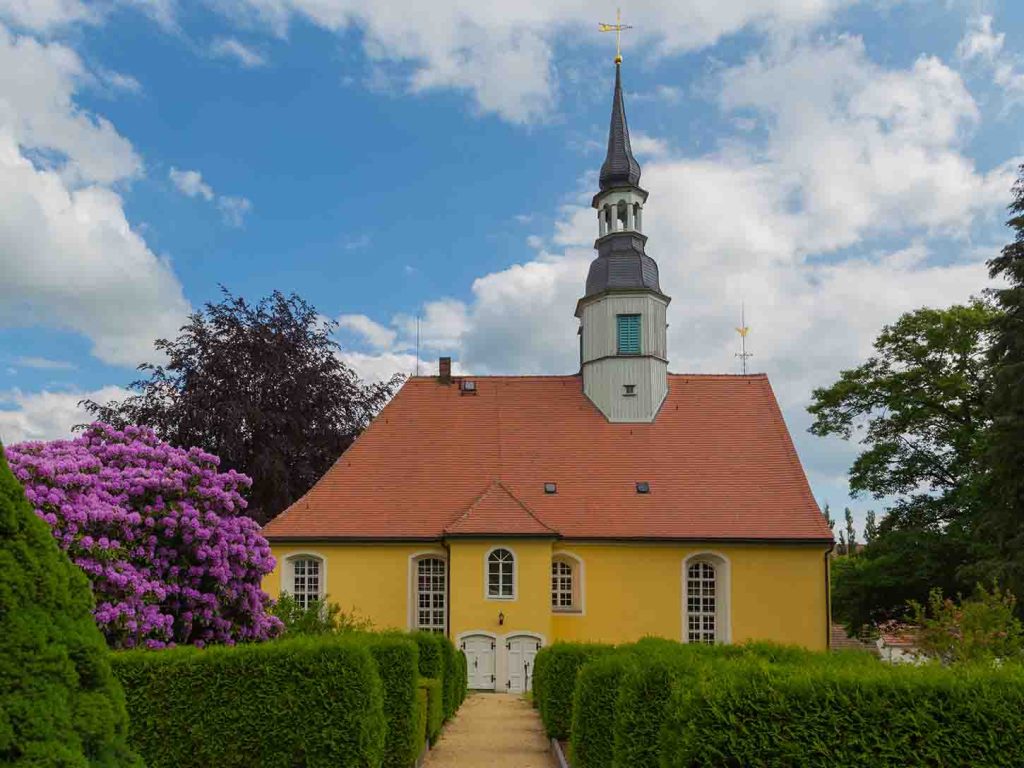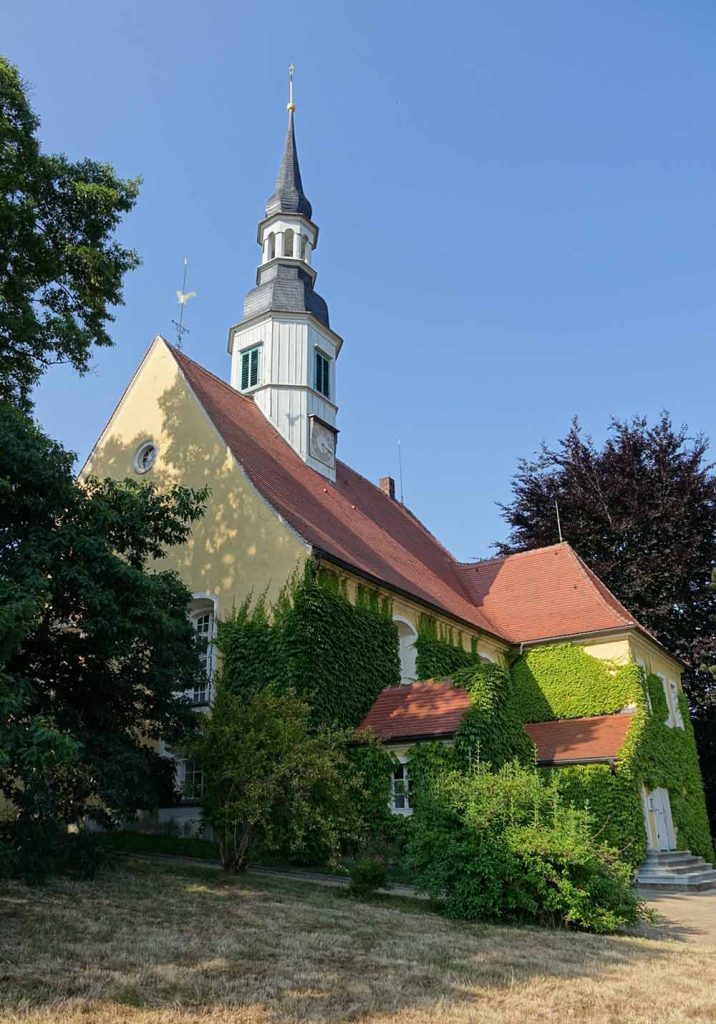by Dr. A. K. Curtis
ON MAY 12, 1727, Zinzendorf addressed the community for three hours on the blessedness of Christian unity. The people sorrowfully confessed their past quarreling and promised to live in love and simplicity. Herrnhut became a living congregation of Christ. The entire summer of 1727 was a golden one at Herrnhut as the community worked together in peace and love. There was eager anticipation that more was to come.
A turning point
On August 5, Zinzendorf and fourteen of the Brethren spent the entire night in conversation and prayer. On August 10th, Pastor Rothe was so overcome by God’s nearness during an afternoon service at Herrnhut, that he threw himself on the ground during prayer and called to God with words of repentance as he had never done before. The congregation was moved to tears and continued until midnight, praising God and singing.
The congregation was moved to tears and continued until midnight, praising God and singing.
The next morning, Pastor Rothe invited the Herrnhut community to a joint communion with his nearby congregation at Bethelsdorf on Wednesday evening, August 13. Count Zinzendorf visited every house in Herrnhut in preparation for this Lord’s Supper. The exiles, gathered at Herrnhut, had come to a conviction of their own sinfulness, need, and helplessness. During the service, they made many painful prayers for themselves, for fellow Christians still under persecution, and for their continued unity. Count Zinzendorf made a penitential confession in the name of the congregation. The community united in fellowship. Count Zinzendorf looked upon that August 13th as “a day of the outpourings of the Holy Spirit upon the congregation; it was its Pentecost.”
Yes, for 100 years!
Like the first Pentecost, men and women would move forth with the gospel from Herrnhut to the uttermost parts of the earth. Two weeks after the revival, twenty-four men and twenty-four women of the community covenanted together to spend one hour each day, day and night, in prayer to God for His blessing on the congregation and its witness.
For over 100 years, members of the Moravian church continued nonstop in this “Hourly Intercession.” All Moravian adventures were begun, surrounded, and consummated in prayer. They became known as “God’s Happy People.” They launched a missionary society in a time when Protestant missions were unknown. The first missionaries, two young men, declared their willingness to become slaves if necessary to reach the slaves in the West Indies with the Gospel. Within fifteen years of the revival, the Moravians at Herrnhut had established missions in the Virgin Islands, Greenland, Turkey, the Gold Coast of Africa, South Africa, and North America. They endured unspeakable hardships. Many died in difficult circumstances. But as fast as they died, others came forth to take their places.
An unquenchable flame
The eighteenth-century revivals in America and England were influenced by the Moravian mission and prayer movements. Peter Boehler, a Moravian missionary in England, counseled John Wesley, later leader of the Revival in England, leading to his conversion. Wesley wrote of Boehler, “Oh what a work hath God begun since his coming to England! Such a one as shall never come to an end, till heaven and earth pass away!” –but that’s the subject of our next issue.
This article is used by permission of the author. It first appeared in “Glimpses” from the Christian History Institute.


